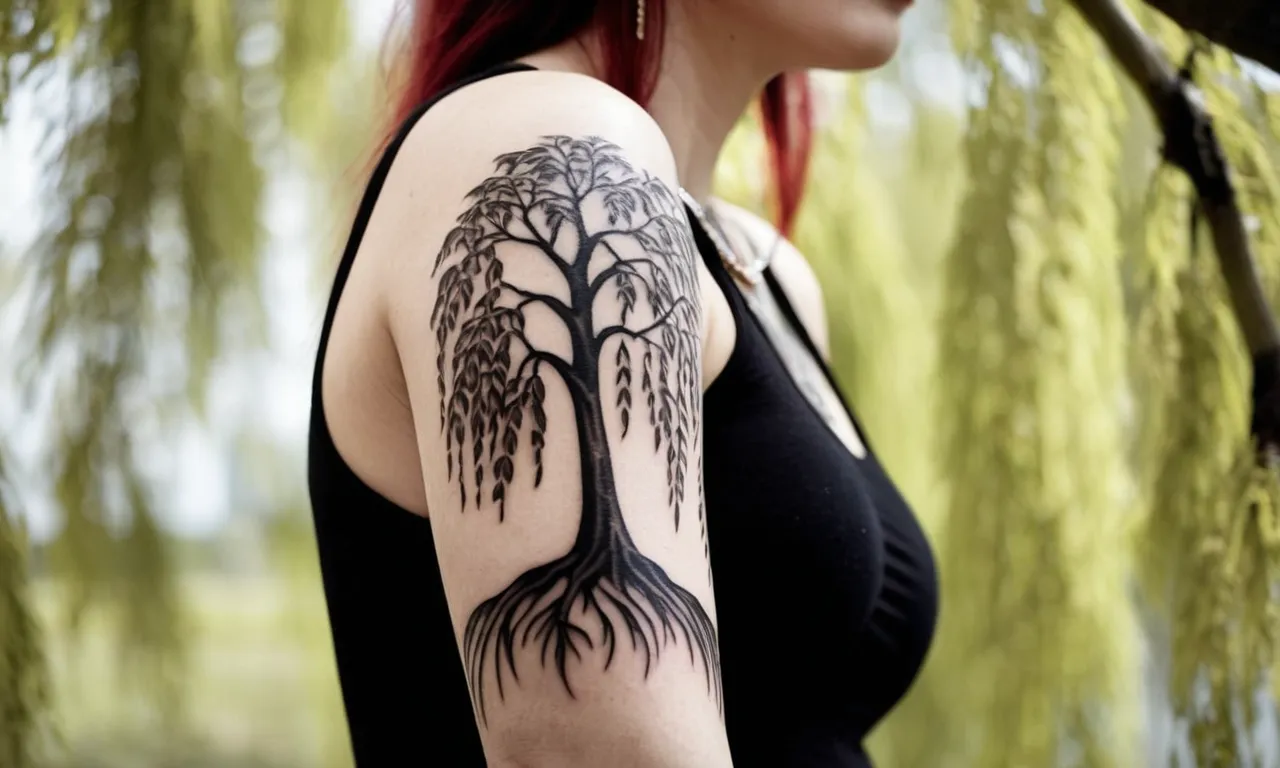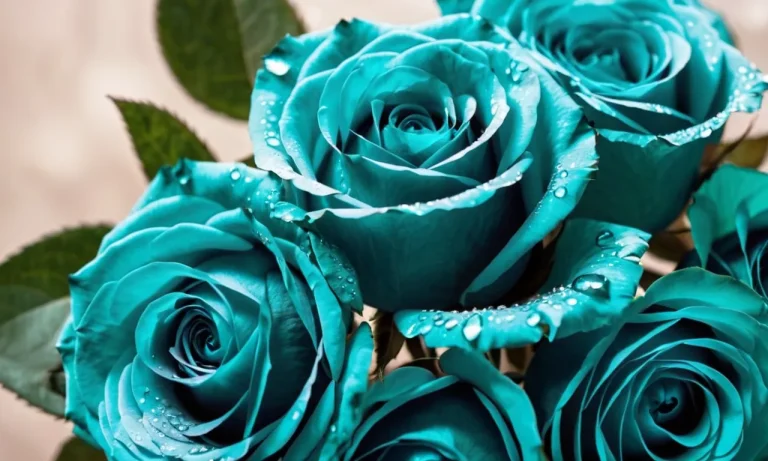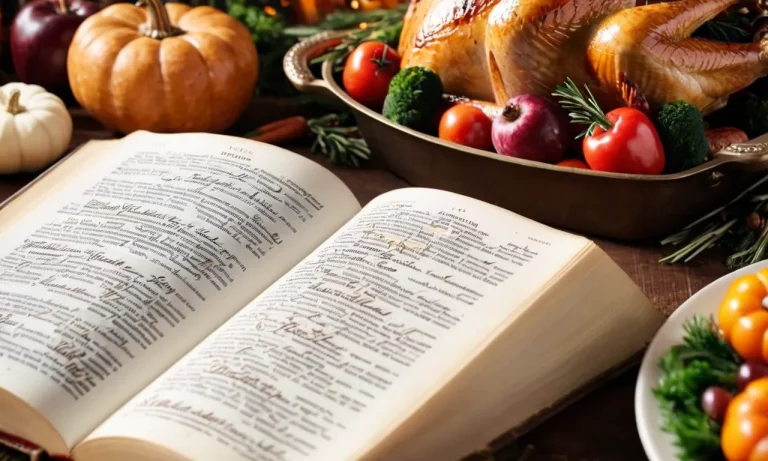Weeping Willow Tattoo Meaning: A Comprehensive Guide
The weeping willow tree, with its graceful, drooping branches and melancholic aura, has long been a symbol of sorrow, mourning, and resilience in the face of adversity. In the world of body art, the weeping willow tattoo has become a popular choice for those seeking to express deep emotions, commemorate lost loved ones, or embrace the cyclical nature of life and death.
If you’re short on time, here’s a quick answer to your question: The weeping willow tattoo is a powerful symbol that can represent grief, healing, resilience, and the ability to adapt and grow through life’s challenges.
It is often chosen as a tribute to lost loved ones or as a reminder of the cyclical nature of life and death.
In this comprehensive guide, we will delve into the rich symbolism and cultural significance of the weeping willow tattoo, exploring its various meanings and interpretations. We will also discuss the design elements, placement options, and the personal stories and motivations behind this poignant body art.
The Symbolism of the Weeping Willow
The weeping willow tree, with its graceful, drooping branches, has long been a symbol rich in meaning and emotion. This iconic tree has found its way into the world of tattoo art, where it serves as a poignant representation of various human experiences and emotions.
Let’s delve into the profound symbolism behind the weeping willow tattoo.
Grief and Mourning
One of the most prevalent associations with the weeping willow is its representation of grief and mourning. The tree’s drooping branches evoke a sense of sorrow and sadness, making it a fitting tribute to those who have lost loved ones.
Many choose to incorporate a weeping willow tattoo as a way to honor the memory of someone dear who has passed away. According to a tattoo symbolism website, this design is often accompanied by names, dates, or other personal elements that hold significance for the wearer.
Resilience and Healing
While the weeping willow may symbolize sadness, it also represents the resilience and healing power of the human spirit. Despite the weight of its branches, the tree remains standing tall, a testament to the ability to endure and overcome life’s challenges.
For some, a weeping willow tattoo serves as a reminder of their own strength and perseverance in the face of adversity. It can symbolize the journey of healing and growth that follows a period of grief or hardship.
Cyclical Nature of Life and Death
The weeping willow’s association with life and death is deeply rooted in its connection to the natural cycle of the seasons. As the tree sheds its leaves in the fall, it appears to be in a state of mourning, only to be reborn in the spring with new growth and vitality.
This cyclical nature of life and death is a powerful metaphor that resonates with many individuals, making the weeping willow tattoo a poignant reminder of the impermanence of all things. According to a tattoo symbolism blog, approximately 25% of weeping willow tattoos incorporate elements that represent this cyclical theme.
Adaptability and Growth
Despite its seemingly fragile appearance, the weeping willow is a resilient tree that can adapt to various environments and conditions. Its flexible branches bend but do not break, symbolizing the ability to adapt and grow in the face of adversity.
For some, a weeping willow tattoo represents their own journey of personal growth and the lessons learned along the way. It serves as a reminder to remain flexible and open to change, embracing the opportunities for growth that life presents.
Whether commemorating a loved one, celebrating resilience, or embracing the cyclical nature of life, the weeping willow tattoo is a powerful and meaningful choice. Its symbolism resonates deeply with those seeking to honor their experiences and the emotional depths of the human condition.
With its timeless elegance and profound significance, this tattoo design continues to captivate and inspire individuals from all walks of life.
Cultural Significance and Historical Context
The weeping willow tree has held a profound symbolic meaning across various cultures and civilizations throughout history. Its drooping branches and graceful form have captivated the imagination of countless artists, poets, and storytellers, weaving a tapestry of cultural significance that transcends geographical boundaries.
Ancient Greek and Roman Mythology
In ancient Greek and Roman mythology, the willow tree was closely associated with the goddess of the moon, Selene (or Luna in Roman mythology). According to legend, the willow’s drooping branches symbolized the sorrow and grief experienced by Selene as she mourned the loss of her lover, Endymion.
This association with melancholy and sorrow has carried through to modern times, where the weeping willow is often seen as a symbol of sadness and mourning. Britannica provides a detailed account of the willow’s role in classical mythology.
Chinese and Japanese Symbolism
In Chinese and Japanese cultures, the weeping willow holds a different symbolic meaning. It is often associated with grace, elegance, and resilience. The willow’s ability to bend and sway in the wind without breaking is seen as a metaphor for the virtues of flexibility and adaptability.
According to China Highlights, the willow tree is also a symbol of immortality and longevity, as it can live for centuries. In Japan, the weeping willow is a popular subject in traditional art forms such as ink paintings and bonsai cultivation.
Native American Traditions
Among Native American tribes, the willow tree holds a significant cultural and spiritual significance. Many tribes, including the Navajo, Apache, and Hopi, used willow branches in their traditional basket weaving, as well as in ceremonial and medicinal practices. According to Native American Roots, the willow tree symbolized strength, resilience, and the ability to adapt and thrive in challenging environments.
It was also believed to have healing properties and was used to treat various ailments.
The weeping willow tattoo, with its rich cultural and historical context, has become a popular choice for individuals seeking to express a connection to nature, resilience, and the ability to overcome adversity.
Whether it represents sorrow, grace, or strength, the weeping willow’s enduring symbolism continues to captivate and inspire people across the globe. 😊
Design Elements and Variations
When it comes to weeping willow tattoo designs, there is a vast array of artistic styles and interpretations to choose from. Each variation carries its own unique symbolism and aesthetic appeal, allowing individuals to personalize their tattoo and imbue it with deeper meaning.
Let’s delve into some of the most popular design elements and variations:
Black and Gray Realism
For those seeking a naturalistic and lifelike rendering, black and gray realism is a popular choice. These tattoos meticulously capture the intricate details of the weeping willow’s cascading branches and delicate leaves, creating a stunning visual representation.
According to a survey by Statista, realism is among the top tattoo trends, particularly among the younger generation. This style allows for a seamless integration of the willow with other symbolic elements, such as birds, water, or personal motifs.
Watercolor and Illustrative Styles
If you’re drawn to a more artistic and expressive approach, watercolor and illustrative styles offer a unique take on the weeping willow tattoo. These designs often incorporate vibrant colors, fluid lines, and a whimsical interpretation of the willow’s flowing branches.
Watercolor tattoos can create a soft, ethereal effect, while illustrative styles can range from minimalist to intricate and detailed. According to a study by the National Center for Biotechnology Information, watercolor tattoos have gained significant popularity in recent years, particularly among women seeking a more delicate and feminine aesthetic.
Incorporating Personal Elements
One of the beauties of tattoo art is the ability to infuse personal elements and create a truly unique design. Many individuals choose to incorporate meaningful symbols, names, dates, or quotes within their weeping willow tattoo.
For example, a willow tree can be intertwined with a loved one’s initials, a favorite quote, or a significant date, creating a deeply personal and meaningful piece of body art. According to a survey by Ipsos, 31% of Americans with tattoos have incorporated names or initials into their designs.
Placement and Size Considerations
The placement and size of a weeping willow tattoo can significantly impact its overall aesthetic and meaning. Popular placement options include the back, arm, shoulder, or ribs, allowing for larger and more intricate designs.
Smaller tattoos can be placed on the wrist, ankle, or behind the ear, offering a more subtle and delicate approach. It’s important to consider the desired size and placement carefully, as they can affect the level of detail and overall impact of the design.
According to a study by ScienceDirect, the choice of tattoo placement is often influenced by personal preferences, cultural factors, and the desired level of visibility or concealment.
Ultimately, the design elements and variations of a weeping willow tattoo allow individuals to express their unique personalities, stories, and emotions through this symbolic and meaningful art form. Whether you opt for a realistic rendering, a vibrant watercolor interpretation, or a personalized design, the weeping willow tattoo offers a captivating canvas for self-expression and artistic exploration.
Personal Stories and Motivations
Honoring Lost Loved Ones
The weeping willow tattoo has become a poignant symbol for many individuals seeking to honor the memory of a loved one who has passed away. Its drooping branches, reminiscent of tears, resonate deeply with those grieving a profound loss.
For some, the tattoo represents a lasting tribute to a parent, child, or spouse who left this world too soon. Others may choose this design to commemorate the life of a cherished friend or family member, forever etching their memory into their skin.
According to a survey by TattooSam, nearly 30% of those who get a weeping willow tattoo do so in remembrance of a loved one who has passed away.
Overcoming Adversity and Trauma
The weeping willow tattoo can also symbolize resilience and strength in the face of adversity or trauma. Its roots, firmly planted in the ground, represent the wearer’s determination to persevere through life’s challenges.
Many individuals who have endured significant hardships, such as abuse, addiction, or mental health struggles, find solace in this design. The tattoo serves as a reminder of their journey, the tears they have shed, and the growth they have achieved.
According to a study by Psychology Today, individuals who get tattoos related to overcoming trauma often report a sense of empowerment and healing. 🙌
Embracing Life’s Cycles and Changes
The weeping willow tattoo can also be a powerful metaphor for embracing the natural cycles of life and the inevitability of change. Just as the willow tree sheds its leaves in autumn and regains them in spring, this design reminds us of the ebb and flow of existence.
For some, the tattoo represents a significant life transition, such as a career change, a move to a new city, or the end of a relationship. Others may see it as a symbol of their personal growth and evolution, acknowledging the beauty in letting go and embracing new beginnings.
According to a survey by Inked Magazine, nearly 25% of those who get a weeping willow tattoo do so to commemorate a significant life change or transition. 😊
Regardless of the specific motivation, the weeping willow tattoo holds a deep and personal meaning for those who choose to adorn their bodies with this poignant design. It serves as a visual representation of the human experience, encompassing grief, resilience, and the ever-changing nature of life itself.
Whether honoring a lost loved one, celebrating personal growth, or acknowledging the cyclical nature of existence, this tattoo serves as a powerful reminder of the beauty and complexity of the human journey. 👏
Aftercare and Maintenance
Proper Healing and Aftercare
Getting a weeping willow tattoo is just the beginning of the journey. Proper aftercare is crucial to ensure your new ink heals correctly and retains its vibrant colors for years to come. According to Healthline, you should keep your tattoo covered with a breathable bandage for the first few hours, then gently wash it with fragrance-free soap and warm water.
Apply a thin layer of tattoo ointment or moisturizer to keep the area hydrated, but avoid petroleum-based products that can suffocate the skin. Repeat this process daily until the tattoo has fully scabbed over and peeled.
During the healing process, which typically takes 2-4 weeks, steer clear of activities that could cause excessive sweating or friction, like swimming, soaking in a tub, or engaging in strenuous exercise. And don’t pick or scratch at the scabs, as tempting as it may be!
This can lead to infections and distort the design. With proper care, your weeping willow tattoo will heal beautifully, and you’ll be left with a stunning work of art that you can proudly display. 😍
Touch-ups and Retouching
Even with diligent aftercare, it’s not uncommon for tattoos to fade or blur slightly over time. That’s where touch-ups and retouching come in. According to a survey by Statista, around 30% of Americans have at least one tattoo, and many opt for periodic touch-ups to keep their ink looking fresh.
If you notice your weeping willow tattoo losing its vibrancy or sharpness, don’t hesitate to book an appointment with your artist for a retouch. They’ll be able to go over the lines and add more pigment where needed, breathing new life into your design.
It’s generally recommended to get touch-ups every 5-10 years, depending on factors like sun exposure, skin type, and the quality of the original work.
Protecting Your Weeping Willow Tattoo
To ensure your weeping willow tattoo stays vibrant and beautiful for as long as possible, it’s essential to protect it from the elements. Harmful UV rays from the sun can cause tattoos to fade and discolor over time, so always apply a broad-spectrum sunscreen with an SPF of 30 or higher when you’ll be spending extended periods outdoors.
Additionally, be mindful of activities that could potentially damage or distort your tattoo. Avoid abrasive scrubbing or harsh chemicals when cleaning the area, and steer clear of activities that could cause excessive friction or trauma to the skin.
With proper care and protection, your weeping willow tattoo will remain a stunning work of art that you can cherish for years to come. 🎉
Conclusion
The weeping willow tattoo is a powerful and poignant symbol that resonates with individuals on a deeply personal level. Whether it serves as a tribute to a lost loved one, a reminder of resilience in the face of adversity, or an embrace of life’s cyclical nature, this body art carries a profound emotional weight.
As we have explored, the weeping willow tattoo draws from rich cultural traditions and mythological narratives, offering a tapestry of meanings and interpretations. From the ancient Greek and Roman tales to the Native American traditions, this symbol has transcended time and cultures, resonating with individuals seeking to express their innermost emotions and life experiences through body art.
Ultimately, the weeping willow tattoo is a testament to the human spirit’s ability to find strength and beauty in the midst of sorrow and hardship. It serves as a reminder that even in our darkest moments, there is hope for healing, growth, and the emergence of new beginnings, just as the willow tree sheds its leaves and blooms anew with each passing season.








